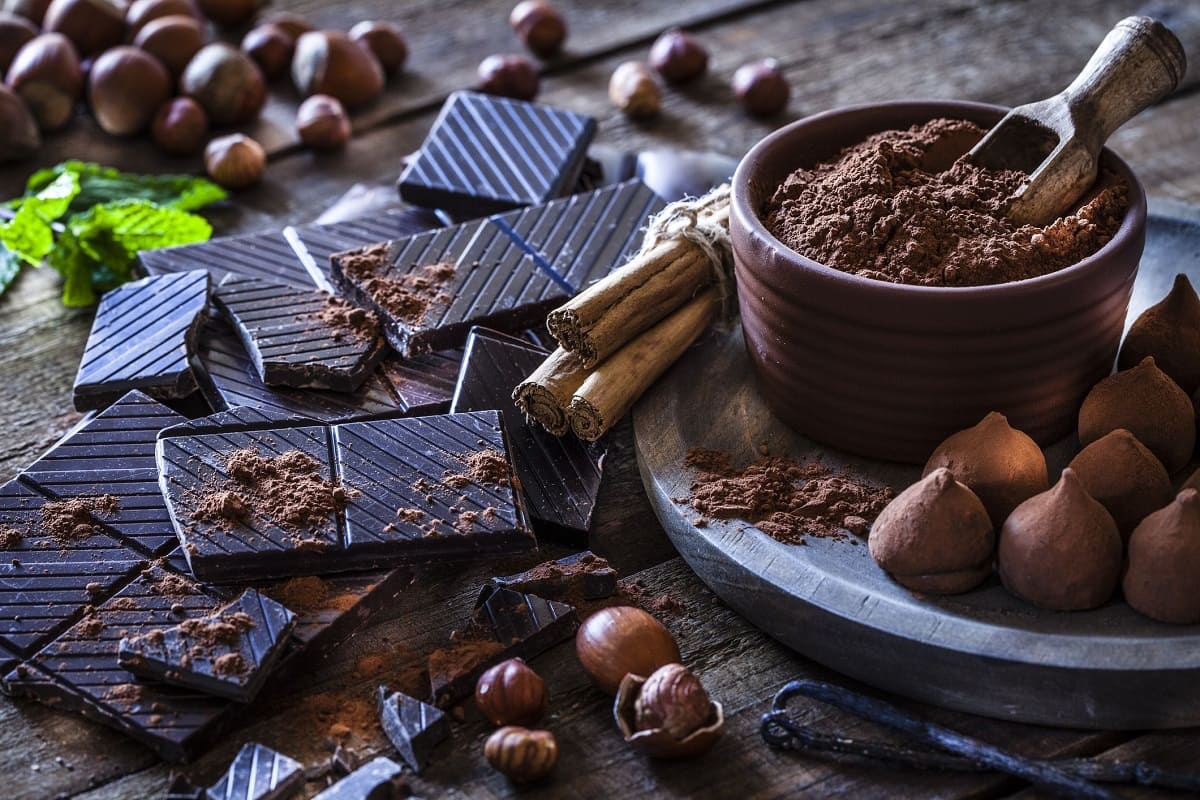

Articles
How To Store Dark Chocolate
Modified: January 6, 2024
Discover the best methods to store dark chocolate and keep it fresh for longer in this informative article. Find expert tips and tricks for preserving the rich flavor and texture of your favorite treats.
(Many of the links in this article redirect to a specific reviewed product. Your purchase of these products through affiliate links helps to generate commission for Storables.com, at no extra cost. Learn more)
Introduction
Dark chocolate is a beloved treat enjoyed by many for its rich flavor and numerous health benefits. Whether you’re a chocolate connoisseur or just someone who appreciates a sweet indulgence, proper storage is crucial to maintaining the quality and freshness of your dark chocolate.
Storing dark chocolate properly not only helps preserve its taste and texture but also prevents it from going bad or developing an unpleasant taste. In this article, we will explore the importance of proper storage for dark chocolate and provide you with some practical tips to keep your chocolate in optimal condition.
Dark chocolate is made from the cocoa bean, which contains cocoa butter and solids. It has a higher percentage of cocoa solids and a lower amount of added sugar compared to milk chocolate. The higher cocoa content gives dark chocolate its robust and intense flavor profile.
When stored correctly, dark chocolate can be enjoyed for several months, if not longer. However, exposing it to unfavorable conditions like excessive heat or humidity can lead to a decline in quality, loss of flavor, and even spoilage.
So, if you want to savor the decadence of your dark chocolate for as long as possible, let’s dive into the essential factors to consider when storing it.
Key Takeaways:
- Proper storage of dark chocolate is essential to maintain its flavor, texture, and quality. Factors such as temperature, humidity, light exposure, and odor protection play a crucial role in preserving the integrity of this beloved treat.
- Regularly check your dark chocolate for signs of spoilage, including changes in appearance, texture, aroma, and taste. Proper storage practices ensure that your dark chocolate remains a truly satisfying and safe indulgence.
Read more: How To Store Chocolates
Why Proper Storage Is Important
Proper storage is important for dark chocolate to maintain its quality, flavor, and texture. Without proper storage, dark chocolate can deteriorate and lose its desirable characteristics. Here are a few reasons why proper storage is crucial:
1. Preserves Freshness: Dark chocolate contains cocoa butter, which is a highly delicate fat. When exposed to high temperatures, the cocoa butter can melt and re-solidify, creating a grainy texture and compromising the overall quality. Proper storage helps preserve the freshness and smoothness of dark chocolate.
2. Retains Flavor: Dark chocolate boasts complex flavors derived from the cocoa solids. However, incorrect storage conditions can cause flavor degradation. For instance, exposure to excessive heat can accelerate the oxidation process, leading to a loss of aroma and a stale taste. By storing dark chocolate properly, you can ensure that it retains its rich and distinctive flavor.
3. Prevents Bloom: Ever noticed a white, powdery coating on your dark chocolate? This is known as bloom, and it occurs when the cocoa butter or sugar crystals migrate to the surface. Bloom doesn’t necessarily render the chocolate unsafe to eat, but it can alter the texture and appearance. Proper storage minimizes the chances of bloom forming on your dark chocolate.
4. Avoids Odor Contamination: Dark chocolate can absorb odors from its surroundings, compromising its taste and aroma. Storing it in the right environment, away from pungent foods or strong-smelling substances, helps prevent odor contamination and ensures that your dark chocolate maintains its true flavors.
5. Extends Shelf Life: Dark chocolate is known for its relatively long shelf life compared to other perishable foods. However, this can be further extended through proper storage. By controlling factors such as temperature, humidity, light exposure, and packaging, you can enjoy your dark chocolate for an extended period without compromising its quality.
Now that we understand the importance of proper storage for dark chocolate, let’s delve into the specific guidelines to ensure that your favorite treat stays fresh, flavorful, and irresistible.
Temperature Guidelines
The temperature at which you store your dark chocolate plays a significant role in maintaining its quality and preventing issues such as melting or texture changes. Follow these temperature guidelines to preserve the integrity of your dark chocolate:
Avoid High Temperatures: Dark chocolate is sensitive to heat and should be stored in a cool environment. Avoid exposing it to temperatures above 75°F (24°C) as this can cause the cocoa butter to melt. When the cocoa butter melts and then re-solidifies, it can result in undesirable texture changes, such as a grainy or waxy consistency.
Optimal Storage Temperature: The ideal temperature range for storing dark chocolate is between 60°F (15°C) and 70°F (21°C). This range allows the chocolate to maintain its structure and prevents any drastic fluctuations that can affect its texture and flavor.
Avoid Rapid Temperature Changes: Dark chocolate can be sensitive to rapid temperature changes. Avoid placing it in an environment where it may be exposed to sudden temperature shifts, such as near a heat source or in direct sunlight. These rapid changes can cause the cocoa butter to expand and contract, leading to blooming or other quality issues.
Refrigeration Considerations: While refrigeration is not necessarily required for dark chocolate, it can be helpful in certain circumstances. If you live in a particularly warm or humid climate, or if your dark chocolate has a high percentage of cocoa butter, refrigeration can help maintain its texture and prevent melting. However, ensure that the chocolate is sealed in an airtight container to prevent moisture or odors from affecting its flavor.
Allow for Proper Tempering: If you do decide to refrigerate your dark chocolate, it’s important to let it reach room temperature before consuming. Bringing the chocolate back to an enjoyable eating temperature helps optimize its flavor and texture.
By following these temperature guidelines, you can ensure that your dark chocolate remains in its best condition for longer periods and enhances your indulgence whenever you decide to savor it.
Humidity Considerations
Humidity, or the moisture content in the air, can have a significant impact on the quality and shelf life of dark chocolate. Excessive humidity can cause various issues, including texture changes, blooming, and even the development of mold. Here are some considerations to keep in mind when it comes to humidity and storing dark chocolate:
Avoid High Humidity: Dark chocolate should be stored in a low-humidity environment to prevent moisture absorption. High humidity can cause the sugar in the chocolate to dissolve, resulting in a sticky and grainy texture. Additionally, it can contribute to the growth of mold, which renders the chocolate unsafe to consume.
Optimal Humidity Level: The ideal humidity level for storing dark chocolate is between 40% and 70%. This ensures that the chocolate retains its texture and prevents any moisture-related issues. Using a hygrometer, a device that measures humidity, can help you monitor and adjust the humidity levels in your storage area if necessary.
Avoid Refrigerating Unsealed Dark Chocolate: While refrigeration can help prevent melting in humid environments, it’s important to note that refrigeration can introduce additional moisture to the chocolate if it is not properly sealed. Unsealed dark chocolate in the refrigerator can absorb moisture and develop condensation, leading to texture changes and quality issues.
Use Airtight Containers: To protect your dark chocolate from humidity, store it in an airtight container. Airtight containers help create a barrier between the chocolate and the surrounding air, minimizing the chances of moisture absorption. Ensure that the container is clean and completely dry before placing the chocolate inside.
Avoid Sudden Temperature Changes: Rapid temperature changes, particularly from a cold to warm environment, can cause condensation to form on the chocolate’s surface. This moisture can lead to blooming, where the cocoa butter or sugar crystals migrate to the surface, resulting in a white, powdery appearance. To prevent this, allow the chocolate to gradually reach room temperature before unwrapping or consuming it.
Storage Location: Choose a storage location that is not prone to high humidity, such as a cool, dry pantry or cupboard away from sources of moisture, such as the kitchen sink or dishwasher. Avoid storing dark chocolate in the refrigerator door, as it may be exposed to more temperature fluctuations and humidity.
By considering the effects of humidity and implementing these guidelines, you can ensure that your dark chocolate stays in optimal condition, maintaining its texture, taste, and overall quality.
Light Exposure
Light exposure is another critical factor to consider when storing dark chocolate. Exposure to light, particularly sunlight or artificial indoor lighting, can have detrimental effects on the quality and shelf life of your favorite treat. Here’s why light exposure is a concern and how you can protect your dark chocolate:
Avoid Direct Sunlight: Dark chocolate should not be exposed to direct sunlight. UV rays from the sun can degrade the cocoa solids and cause the chocolate to melt or develop off-flavors. The heat generated by direct sunlight can also accelerate the oxidation process, leading to rancidity and a decline in quality.
Choose a Dark Storage Location: To minimize light exposure, store your dark chocolate in a dark location, such as a pantry or cupboard. A cool, dry, and dark environment helps preserve the integrity of the chocolate, maintaining its flavor and preventing any adverse reactions due to light exposure.
Use Opaque Packaging: When purchasing dark chocolate, opt for packaging that is opaque and blocks out light. Look for foil or thick paper wrappers that offer a layer of protection against light penetration. Additionally, if you store your chocolate in transparent containers or jars, consider wrapping them in aluminum foil or placing them inside opaque bags to provide an extra layer of light protection.
Avoid Fluorescent Lighting: Artificial indoor lighting, such as fluorescent lights, can also affect the quality of dark chocolate. These lights emit a small amount of ultraviolet light, which can lead to flavor degradation and texture changes over time. If possible, store your dark chocolate away from areas with fluorescent lighting to minimize exposure.
Time Limit Considerations: While it’s difficult to determine an exact duration, prolonged exposure to light, especially direct sunlight, should be minimized as much as possible. If you leave dark chocolate out on a countertop or display it near windows for an extended period, the chocolate may develop a whitish bloom or experience flavor alterations due to light exposure. Therefore, it’s best to consume or properly store dark chocolate after a reasonable amount of time in well-protected packaging.
Consider Special Storage Containers: If you have a valuable or delicate dark chocolate bar, consider investing in specialized storage containers designed to protect against light exposure. These containers are typically made of opaque materials and provide an extra layer of defense to preserve the chocolate’s quality.
By protecting your dark chocolate from light exposure and following these guidelines, you can ensure that it maintains its rich flavor, smooth texture, and overall appeal, allowing you to savor every bite of this indulgent treat.
Read more: How To Store Melted Chocolate
Protecting Against Odors
Dark chocolate has a remarkable ability to absorb odors from its surroundings. This means that if it is stored in an environment with strong-smelling substances, it can develop an unpleasant flavor and aroma. To prevent this from happening, it’s important to take measures to protect your dark chocolate from odors. Here are some tips to keep in mind:
Choose a Neutral Storage Location: When storing dark chocolate, select a location that is free from strong odors, such as spices, garlic, or cleaning products. A pantry or cupboard away from these potential odor sources is an ideal storage spot. This ensures that your dark chocolate retains its authentic flavor and doesn’t take on any unwanted smells.
Airtight Containers: Place your dark chocolate in airtight containers to create a barrier between the chocolate and the surrounding odors. This prevents unwanted smells from infiltrating the chocolate and maintains its pure taste. Ensure that the containers are completely sealed to provide maximum protection.
Wrap Individually: If storing multiple dark chocolate bars together, wrap each bar individually in plastic wrap or place them in separate airtight bags. This extra layer of protection helps prevent the transfer of odors between the bars and keeps them fresh and untainted.
Avoid Strong-Smelling Foods: Store your dark chocolate away from strong-smelling foods in the refrigerator or pantry. Foods like onions, cheese, and fish can emit powerful odors that can easily permeate the packaging and affect the taste of the chocolate. Keep the chocolate separated from these items to prevent any unwanted flavor interactions.
Use Odor Absorbers: To further protect your dark chocolate from odors, consider using odor absorbers in your storage area. Products like activated charcoal or baking soda can help absorb and neutralize any odors present in the air, helping to maintain the chocolate’s natural aroma and flavor.
Store in the Original Packaging: If your dark chocolate comes in a well-sealed and secure packaging, it’s typically best to leave it in the original wrapping. The manufacturer’s packaging is designed to provide a degree of protection against odors and maintain the quality of the chocolate. However, if the packaging is damaged or not airtight, transfer the chocolate to a suitable airtight container.
By taking steps to protect your dark chocolate from odors, you can ensure that it remains a delectable treat with its original flavors intact. Enjoy the pure and undisturbed taste of your dark chocolate without any unwanted olfactory distractions.
Store dark chocolate in a cool, dry place away from direct sunlight and strong odors. Keep it tightly wrapped to prevent moisture and air exposure, which can cause it to become stale or develop a white film on the surface.
Packaging Dark Chocolate
The packaging of dark chocolate plays a vital role in preserving its freshness, protecting it from external factors, and maintaining its quality over time. While most dark chocolates come in well-designed packaging, it’s still important to handle and store them properly. Here are some guidelines for packaging dark chocolate:
Sealed Packaging: When purchasing dark chocolate, look for bars, truffles, or chips that come in sealed packaging. The packaging should be intact and free from any holes or openings that could expose the chocolate to air, moisture, or odors. This initial packaging offers protection and prevents premature quality deterioration.
Airtight Containers: If you remove dark chocolate from its original packaging, it’s essential to transfer it to a suitable airtight container. Choose containers that provide a complete seal and protect against air, humidity, light, and odors. Glass or plastic containers with tight-fitting lids work well for storing dark chocolate, as they offer an additional layer of protection and help maintain its freshness.
Label and Date: When storing dark chocolate, consider labeling the container or packaging with the chocolate’s name and purchase date. This can be helpful if you have multiple varieties or batches of chocolate, as it allows you to easily identify and consume them in the appropriate order. Additionally, noting the purchase date can help you keep track of the chocolate’s freshness and shelf life.
Re-sealable Bags: For storing dark chocolate chips or smaller pieces, re-sealable plastic bags can be a convenient option. These bags provide an airtight seal and help prevent moisture or odors from affecting the chocolate. Make sure to press out any excess air before sealing the bag to minimize the risk of moisture exposure.
Consider Individual Wrapping: If you have handmade or delicate dark chocolate truffles, consider wrapping each truffle individually in wax paper or foil. This individual wrapping helps protect each truffle from air, light, and odors, ensuring that they stay fresh and retain their original flavors. It also makes it easier to grab a single truffle without exposing the others to unnecessary handling.
Keep Packaging Clean and Dry: Whether you store dark chocolate in its original packaging or transfer it to another container, ensure that the packaging is clean and dry. Moisture or residue from previous storage can affect the quality of the chocolate and potentially introduce unwanted flavors. Regularly wipe down containers or bags to keep them clean and ready for storing your dark chocolate.
Properly packaging dark chocolate helps maintain its quality, prolong its shelf life, and ensure that each piece is as delicious as the first. By following these packaging guidelines, you can enjoy your dark chocolate with the confidence that it’s well-protected and ready to be savored.
Storing Dark Chocolate Bars
Dark chocolate bars are a popular form of indulgence, and proper storage is essential to maintain their quality, texture, and flavor. Whether you have a single bar or a collection of different varieties, here are some guidelines to help you store your dark chocolate bars:
Keep Them in a Cool Place: Dark chocolate bars should be stored in a cool location with a consistent temperature. The ideal temperature range for storing dark chocolate bars is between 60°F (15°C) and 70°F (21°C). Avoid exposing the bars to temperatures above 75°F (24°C), as this can cause the cocoa butter to melt and compromise the quality.
Avoid Humid Environments: Moisture is the enemy of dark chocolate bars. High humidity can lead to the absorption of moisture by the chocolate, resulting in a sticky texture and potential loss of quality. Store your dark chocolate bars in a low-humidity environment, ideally with a humidity level between 40% and 70%.
Use Airtight Containers: If you remove a dark chocolate bar from its original packaging, place it in an airtight container. This helps protect the chocolate from air exposure, which can contribute to flavor degradation and texture changes. Airtight containers also prevent the transfer of odors and maintain the chocolate’s freshness.
Prevent Light Exposure: Dark chocolate bars should be stored in a dark place, away from direct sunlight or harsh artificial light. Light exposure can lead to the degradation of flavor compounds and compromise the quality of the chocolate. Choose a dark corner of your pantry or cupboard to protect the bars from harmful light.
Avoid Strong Odors: Dark chocolate has the ability to absorb odors from its environment, which can result in an unpleasant taste. Store your dark chocolate bars away from strong-smelling substances like spices, onions, or cleaning products. This helps maintain the original flavor and prevents unwanted odor contamination.
Stack Them Carefully: If you have multiple dark chocolate bars to store, it’s important to stack them with care. Avoid placing heavy objects or stacking too many bars on top of each other, as this can lead to breakage or deformation. Create separate layers within the storage container using parchment paper or dividers to prevent bars from sticking together.
Check for Condensation: Before consuming a dark chocolate bar that has been stored in the refrigerator, let it come to room temperature and check for condensation. If condensation has formed on the surface, gently pat it dry to prevent any moisture from affecting the texture or taste of the chocolate.
By following these storage guidelines, you can ensure that your dark chocolate bars remain fresh, delicious, and ready to be enjoyed whenever you crave a decadent treat.
Storing Dark Chocolate Truffles
Dark chocolate truffles are exquisite treats that require proper storage to maintain their creamy texture and decadent flavors. Whether you’ve purchased or made these delicate delights, here are some guidelines to help you store your dark chocolate truffles:
Keep Them Cool: Dark chocolate truffles should be stored in a cool environment to prevent them from melting or losing their shape. The ideal temperature range for storing dark chocolate truffles is between 60°F (15°C) and 70°F (21°C). Avoid exposing them to temperatures above 75°F (24°C), as this can cause the chocolate shell to soften and the truffle filling to become too soft.
Avoid Humidity: Like chocolate bars, dark chocolate truffles are sensitive to high humidity. Moisture can cause the truffles to become sticky and lose their smooth texture. Store them in a low-humidity environment with a humidity level between 40% and 70% to maintain their quality and prevent any unwanted moisture absorption.
Use Airtight Containers: Whether you purchased dark chocolate truffles or made them yourself, it’s best to store them in an airtight container. This helps maintain their freshness, protects them from air exposure, and prevents any potential flavor absorption or contamination from the surrounding environment. Airtight containers also help prevent the truffles from drying out.
Separate Layers: When placing dark chocolate truffles in a storage container, it’s important to create separate layers to prevent them from sticking together or getting damaged. You can place parchment paper or wax paper between each layer to keep them separated and ensure that they maintain their individual shapes.
Avoid Direct Light: Dark chocolate truffles should be stored in a dark place, away from direct sunlight or harsh artificial light. Light exposure can cause the chocolate to melt, affect the truffle filling, and alter the overall flavor. Find a cool, dark corner in your pantry or cupboard to store the truffles and protect them from light.
Odor-Free Environment: Like other forms of dark chocolate, truffles can absorb strong odors from their surroundings. Store them away from strong-smelling substances, such as spices, onions, or cleaning products. This ensures that the truffles maintain their distinctive taste and aroma instead of adopting unwanted flavors and odors.
Refrigeration Considerations: While it’s generally recommended to store dark chocolate truffles at room temperature, there may be exceptions. If the ambient temperature is particularly warm or if the truffles have a delicate filling that requires refrigeration, you can store them in the refrigerator. However, be cautious when transferring them from the fridge to room temperature, as condensation can form on the truffles. Let them sit at room temperature for a few minutes before serving to allow the flavors to fully develop.
By following these storage guidelines, you can ensure that your dark chocolate truffles retain their smooth texture, rich flavors, and irresistible allure, making each bite a delightful experience.
Read more: How To Store Chocolate In Summer
Storing Dark Chocolate Chips
Dark chocolate chips are versatile and convenient for baking, melting, or snacking. To maintain their quality and prevent them from clumping or deteriorating, proper storage is essential. Here are some guidelines to help you store your dark chocolate chips:
Cool and Dry Storage: Dark chocolate chips should be stored in a cool and dry place, away from direct sunlight and heat sources. Temperature fluctuations can cause the chips to melt or develop a grainy texture. Aim for a storage temperature between 60°F (15°C) and 70°F (21°C) to keep the chips in optimal condition.
Use Airtight Containers: Transfer your dark chocolate chips to an airtight container to protect them from air exposure and odor absorption. The container should have a tight seal to prevent moisture from entering and affecting the quality of the chips. Clear plastic or glass containers work well, allowing you to easily see the amount of chocolate you have left.
Avoid Humidity: Dark chocolate chips are prone to absorbing moisture from the air, which can lead to clumping and a loss of quality. Store them in a low-humidity environment, ideally with a humidity level between 40% and 70%, to ensure that they remain dry and free from moisture-related issues.
Separate and Layer: If you have a large quantity of dark chocolate chips, it’s best to separate them into smaller portions and layer them within the container. This helps prevent clumping and makes it easier to measure out the desired amount when using them in baking or other recipes. You can use parchment paper or resealable bags to divide and layer the chips.
Label and Date: Consider labeling the container or bags with the type and purchase date of the dark chocolate chips. With time, the chocolate chips can lose their freshness and develop off-flavors. By noting the purchase date, you can easily keep track of their freshness and use them before their quality declines. This helps ensure the best possible taste in your recipes.
Keep Away from Strong Odors: Dark chocolate chips can easily absorb odors from their surroundings, leading to an undesirable taste. Store them away from strong-smelling foods or substances, such as spices, onions, or cleaning products. This prevents the absorption of unwanted odors and helps the chips maintain their natural flavor.
Avoid Refrigeration: In most cases, refrigeration is not necessary for storing dark chocolate chips. The moisture and fluctuations in temperature in the refrigerator can negatively impact the quality and texture of the chips. However, if you live in a particularly warm climate and facing issues with melting, you can refrigerate them in an airtight container, taking necessary precautions to prevent moisture exposure.
By following these storage guidelines, you can ensure that your dark chocolate chips remain fresh, free-flowing, and ready to elevate your baking or snacking experience. Enjoy the convenience and deliciousness of dark chocolate chips whenever you need them!
Checking for Spoilage
While dark chocolate has a relatively long shelf life, it’s still important to check for signs of spoilage to ensure that it is safe to consume. Here are some indicators to look for when checking the quality of your dark chocolate:
Appearance: Dark chocolate should have a smooth and glossy appearance. Inspect the surface for any discoloration, white spots (bloom), or mold. If you notice any of these, it may indicate that the chocolate has been exposed to excessive moisture or improper storage conditions.
Texture: Dark chocolate should have a firm but melt-in-your-mouth texture. If the chocolate feels sticky, grainy, or has a waxy consistency, it may indicate that it has absorbed moisture or undergone temperature fluctuations. These texture changes can affect the overall quality and taste of the chocolate.
Aroma: Dark chocolate should have a pleasant and distinct aroma. If you notice any off or rancid smells, it may be an indication that the chocolate has spoiled. Off odors can be a result of improper storage or the presence of mold or bacteria. Trust your sense of smell and if the chocolate smells unpleasant, it’s best to discard it.
Taste: Finally, the most important aspect to check is the taste of the dark chocolate. While minor changes in flavor are expected over time, spoiled chocolate may have a sour or unpleasant taste. If your dark chocolate tastes off or has a bitter and unpleasant flavor, it’s a clear sign that it has spoiled and should not be consumed.
Storage Time and Conditions: It’s also essential to consider the length of time and storage conditions of your dark chocolate. Even if it appears and smells fine, if the chocolate has been stored improperly for an extended period or exposed to unfavorable conditions (such as high temperatures or excess humidity), it may have significantly degraded in quality and flavor.
When in doubt, it’s always better to err on the side of caution and discard dark chocolate that shows signs of spoilage. Consuming spoiled chocolate can lead to digestive issues or foodborne illnesses. Remember to maintain proper storage practices and regularly check your dark chocolate to ensure that it remains safe and enjoyable.
With a keen eye and attention to detail, you can easily determine if your dark chocolate is in good condition and ready to be savored or if it’s time to bid farewell and indulge in a fresh batch.
Conclusion
Proper storage is crucial to maintaining the quality, flavor, and freshness of dark chocolate. With the right storage conditions, you can ensure that every bite of your favorite dark chocolate treat is a delight for the senses. By following the guidelines outlined in this article, you can keep your dark chocolate in optimal condition and enjoy its rich flavors to the fullest extent.
From temperature control to humidity considerations, protecting against light exposure, and preventing odor contamination, each factor plays a pivotal role in preserving the integrity of dark chocolate. Storing dark chocolate bars, truffles, chips, and other forms correctly will ensure that they maintain their texture, taste, and overall appeal, allowing you to indulge in a truly satisfying experience.
Regularly check your dark chocolate for signs of spoilage, including changes in appearance, texture, aroma, and taste. If you notice any noticeable deterioration, it’s best to discard the chocolate to avoid any potential risks to your health.
Remember, dark chocolate is a delicacy that deserves to be savored and enjoyed. By implementing the storage guidelines provided in this article, you can prolong the shelf life of your dark chocolate and continue to relish its decadent flavors and health benefits for an extended period. Whether you’re a chocolate enthusiast or simply appreciate an occasional sweet indulgence, proper storage ensures that your dark chocolate remains a truly satisfying treat.
So, next time you reach for a delectable dark chocolate bar or melt-in-your-mouth truffle, keep in mind the importance of proper storage. Take care to control temperature, humidity, light exposure, and avoid strong odors to maintain the quality of your dark chocolate. With these storage practices in place, you can savor the delectable essence of dark chocolate in all its glory.
Frequently Asked Questions about How To Store Dark Chocolate
Was this page helpful?
At Storables.com, we guarantee accurate and reliable information. Our content, validated by Expert Board Contributors, is crafted following stringent Editorial Policies. We're committed to providing you with well-researched, expert-backed insights for all your informational needs.
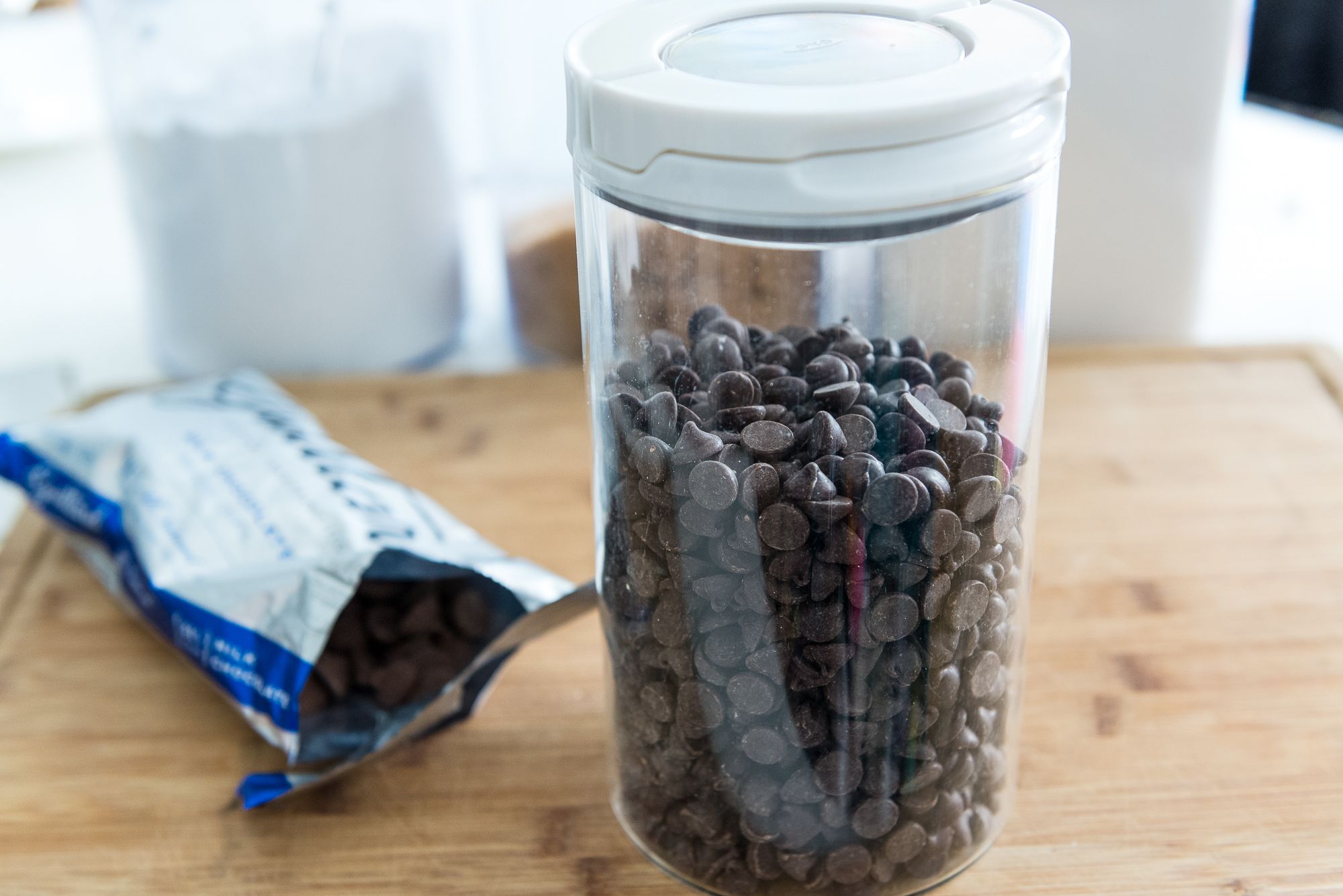
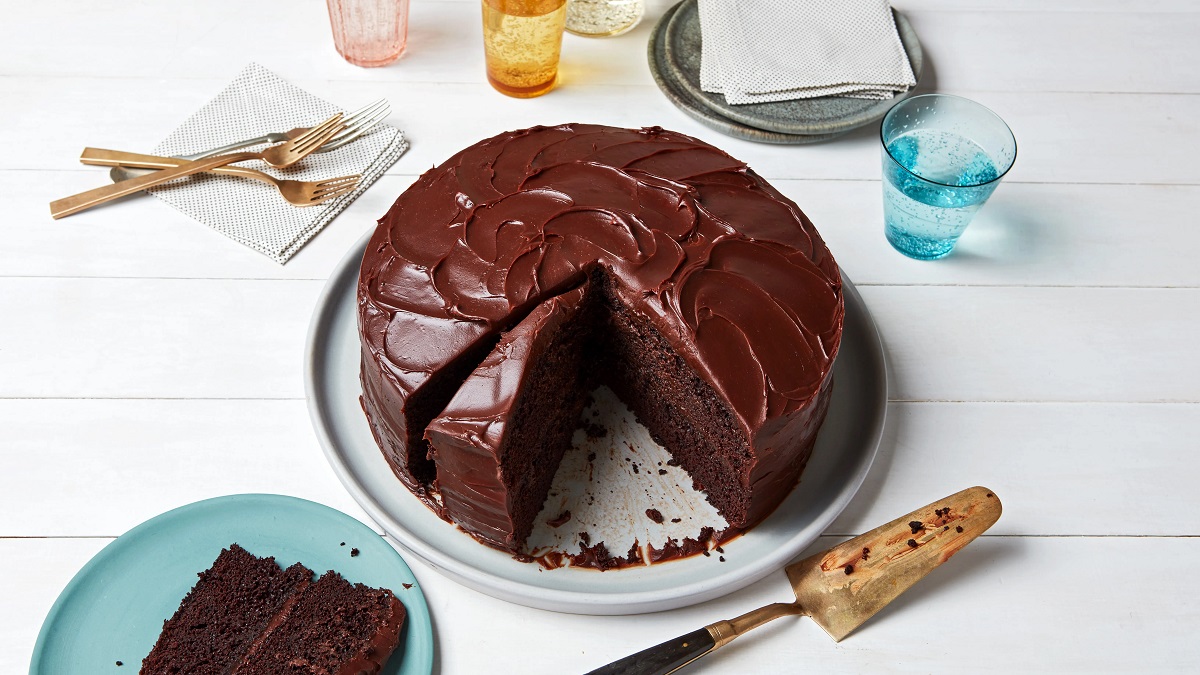
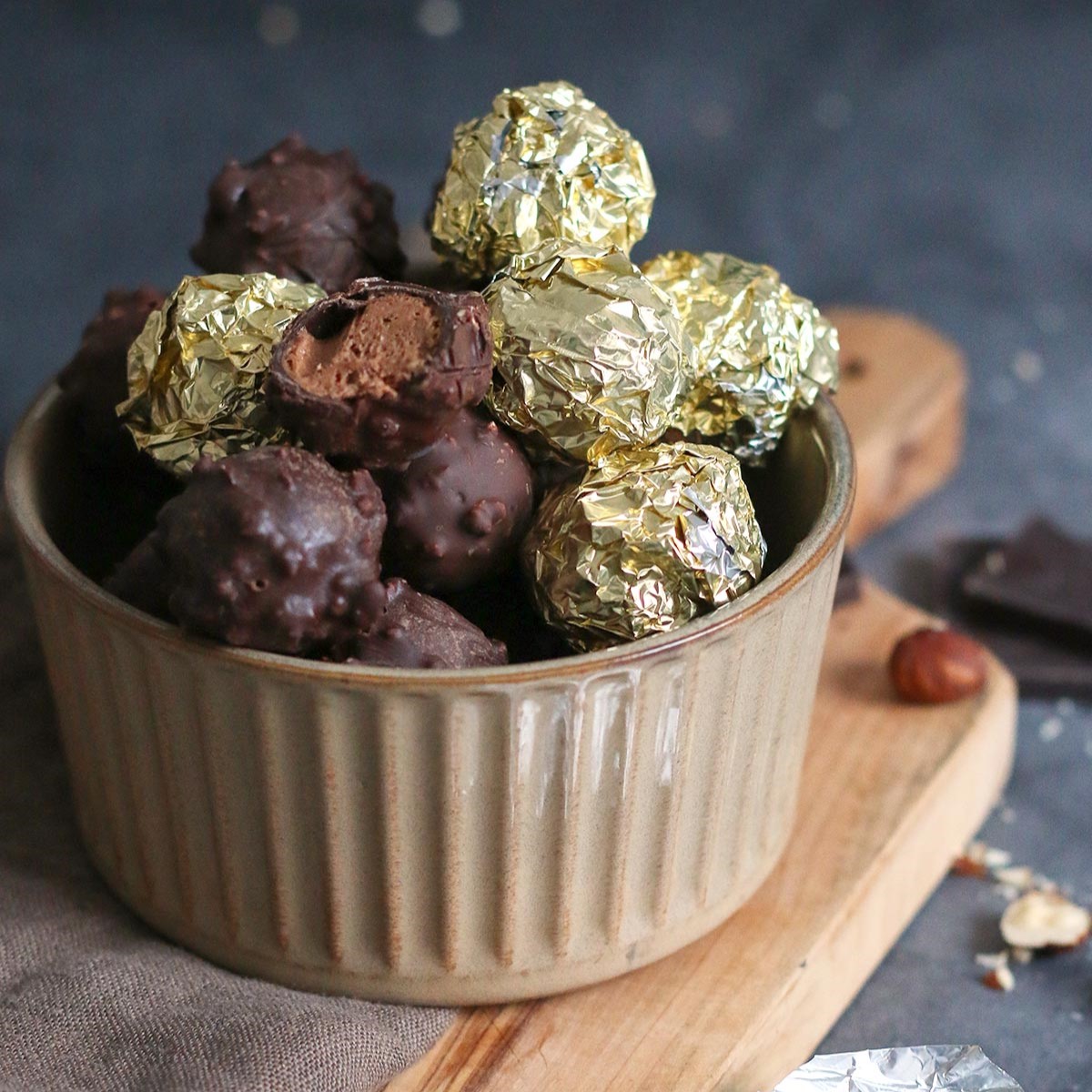
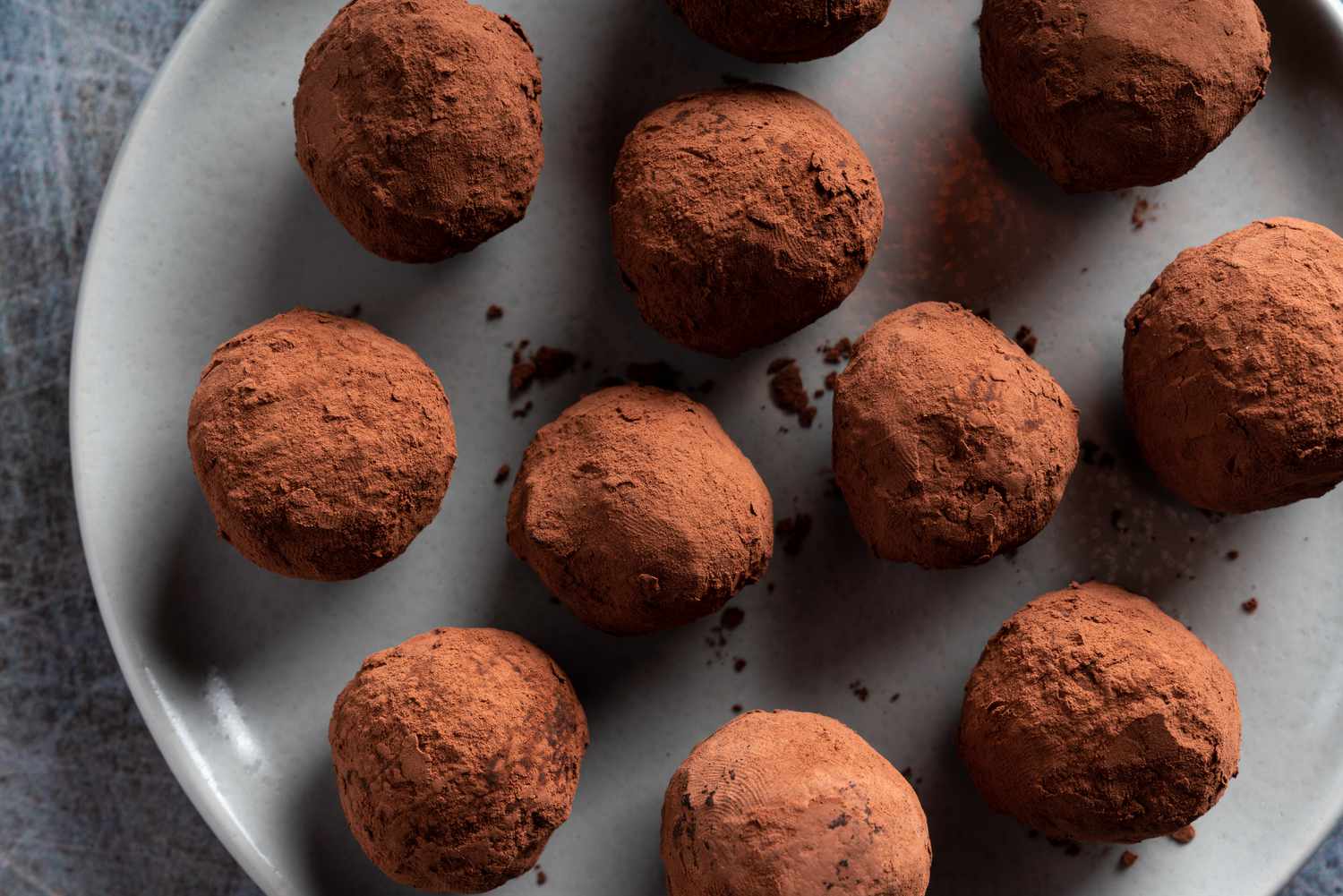
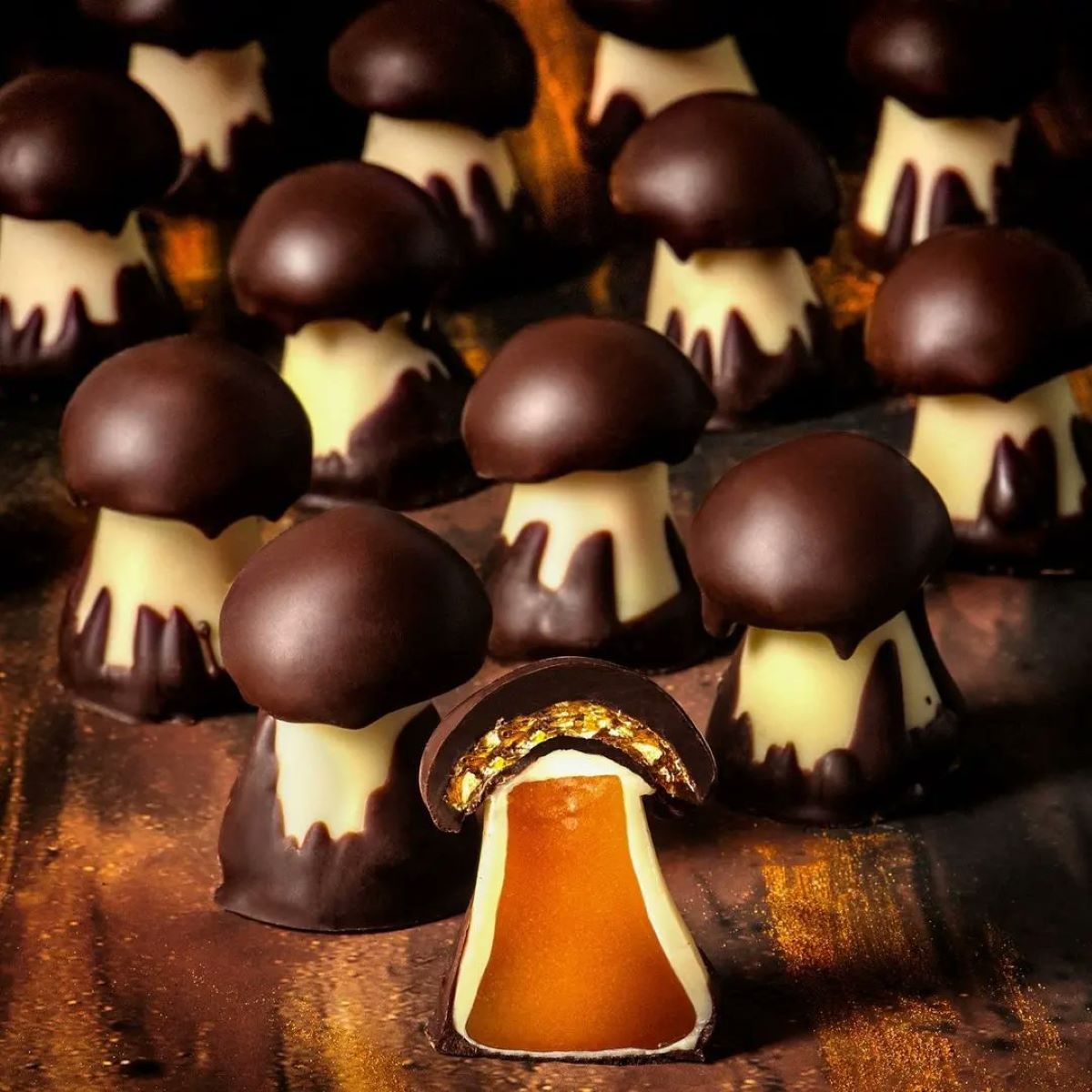
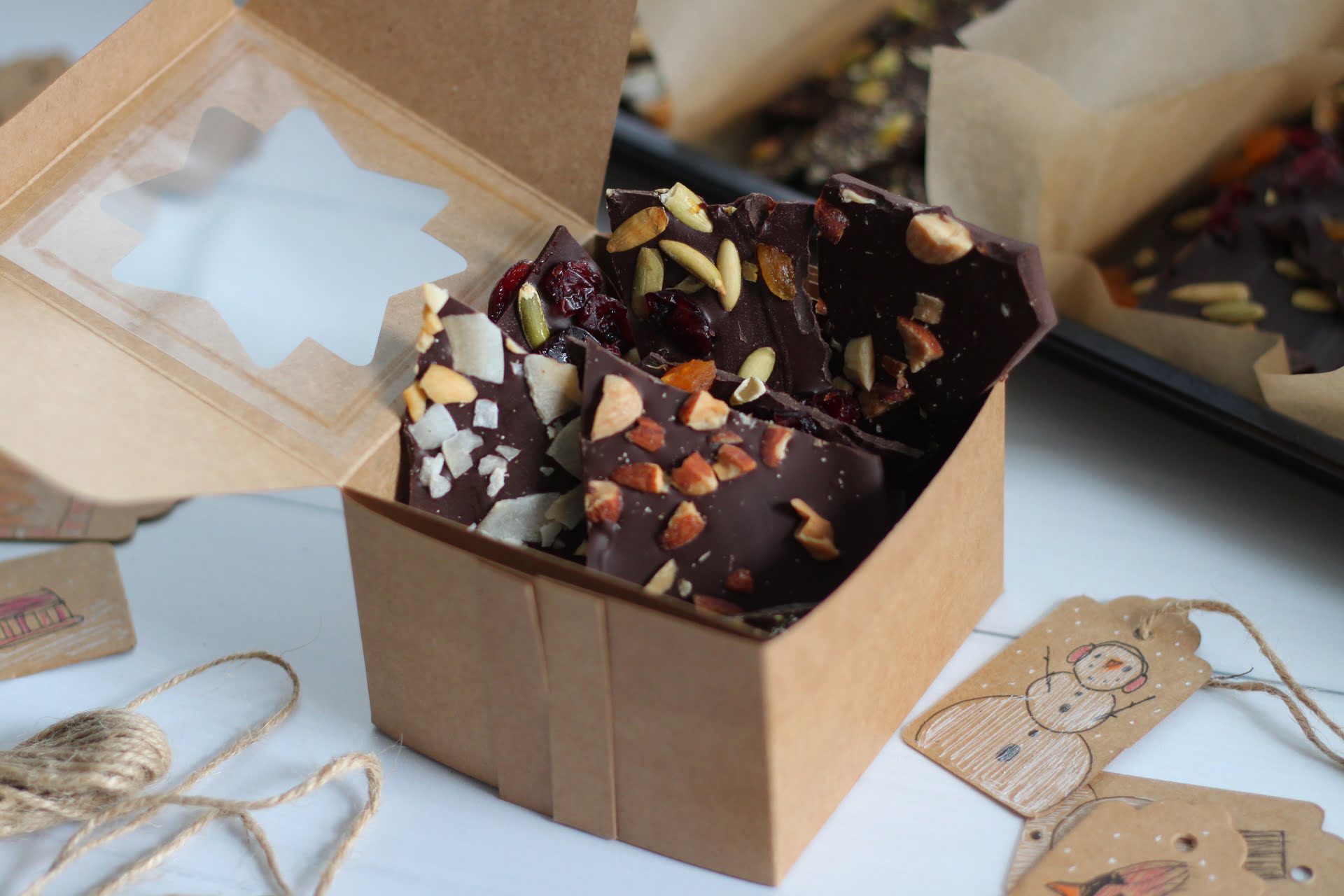
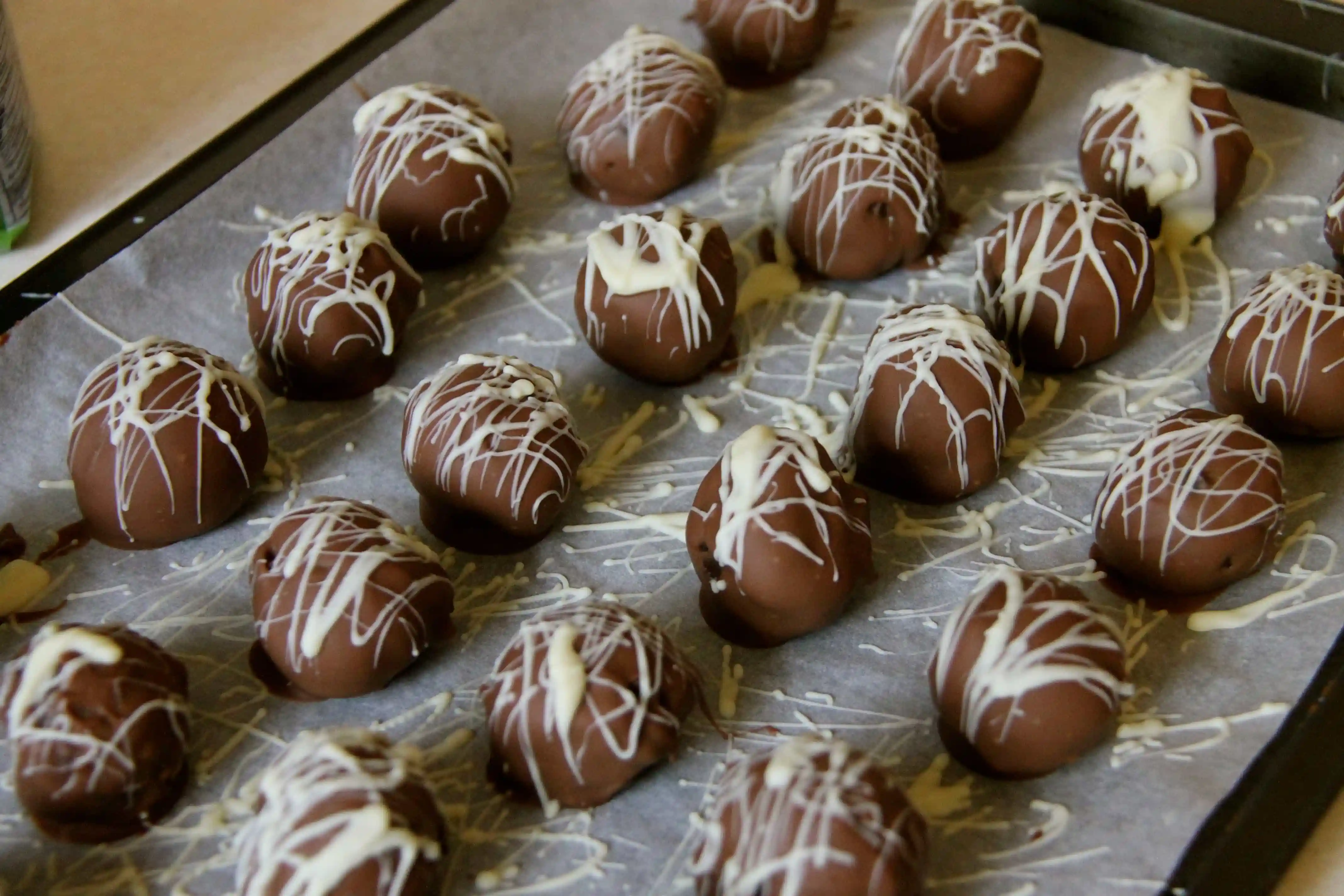
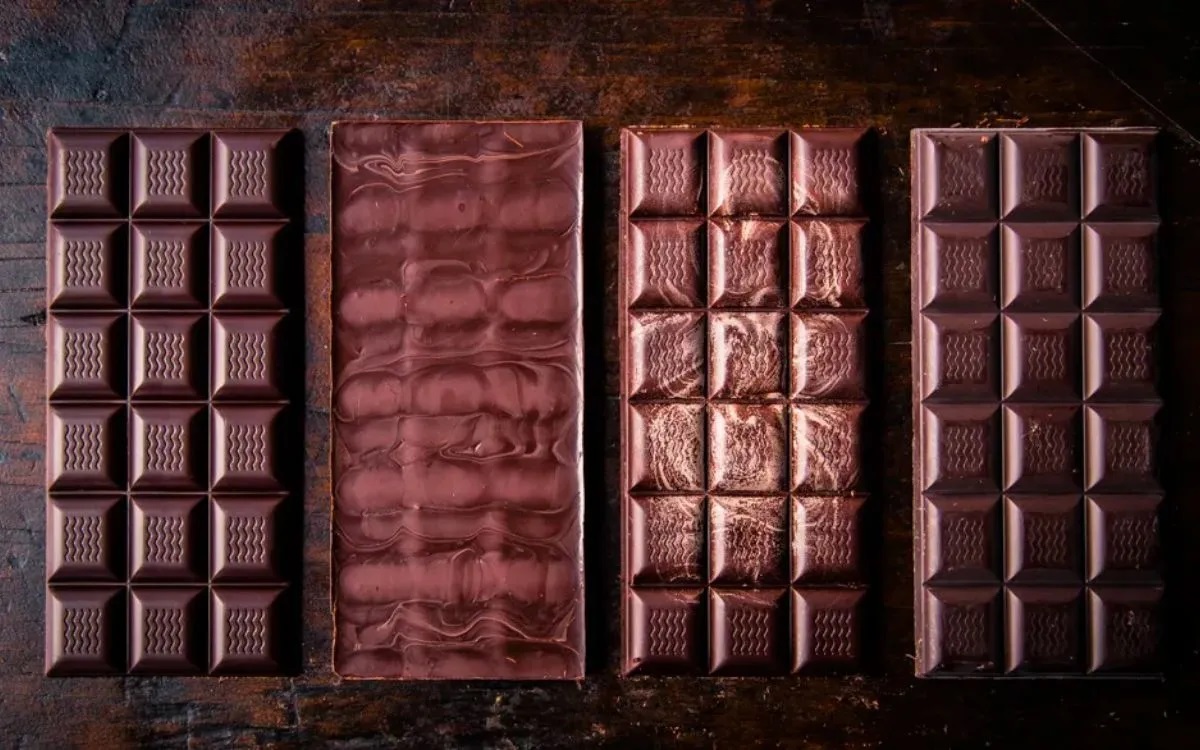
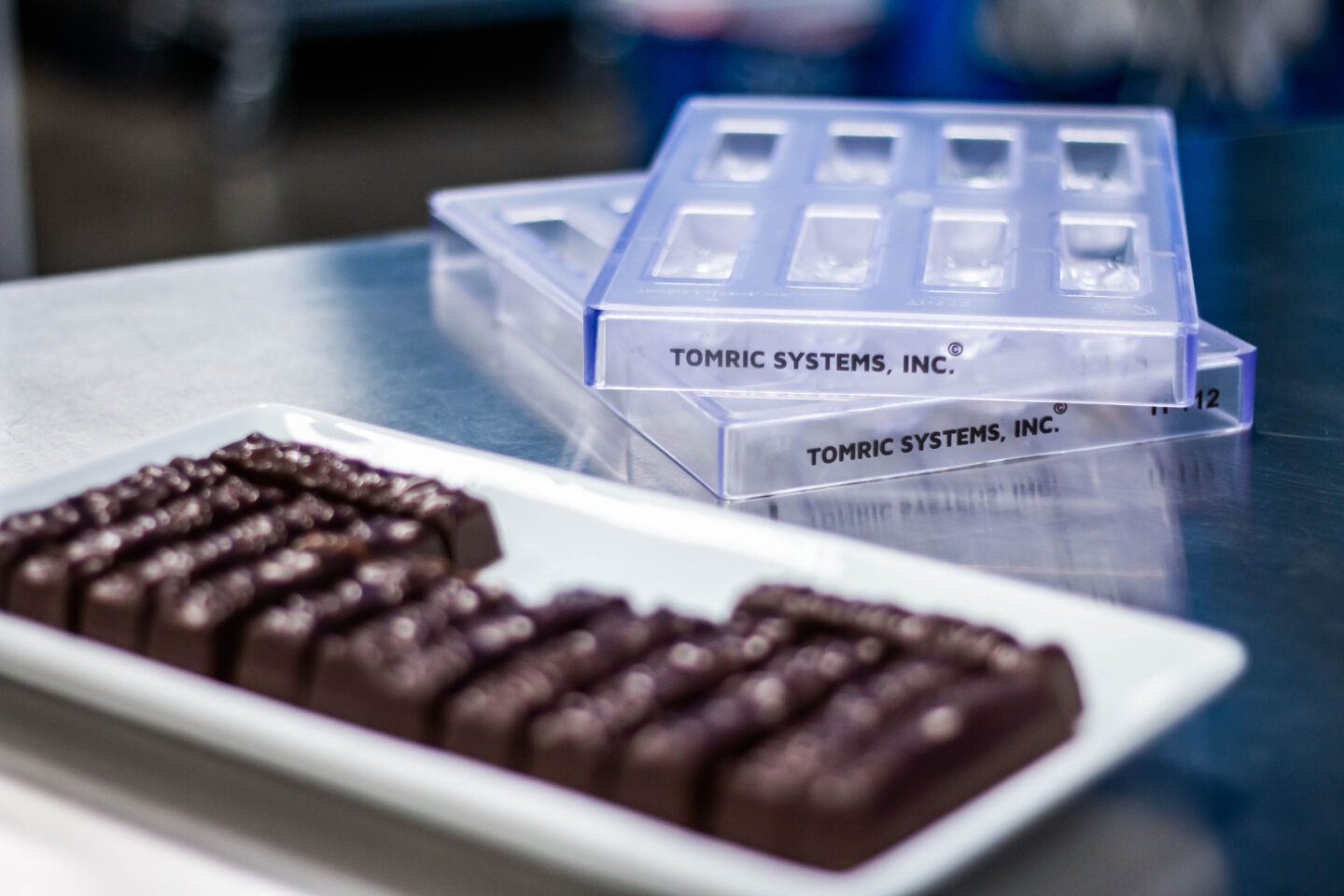
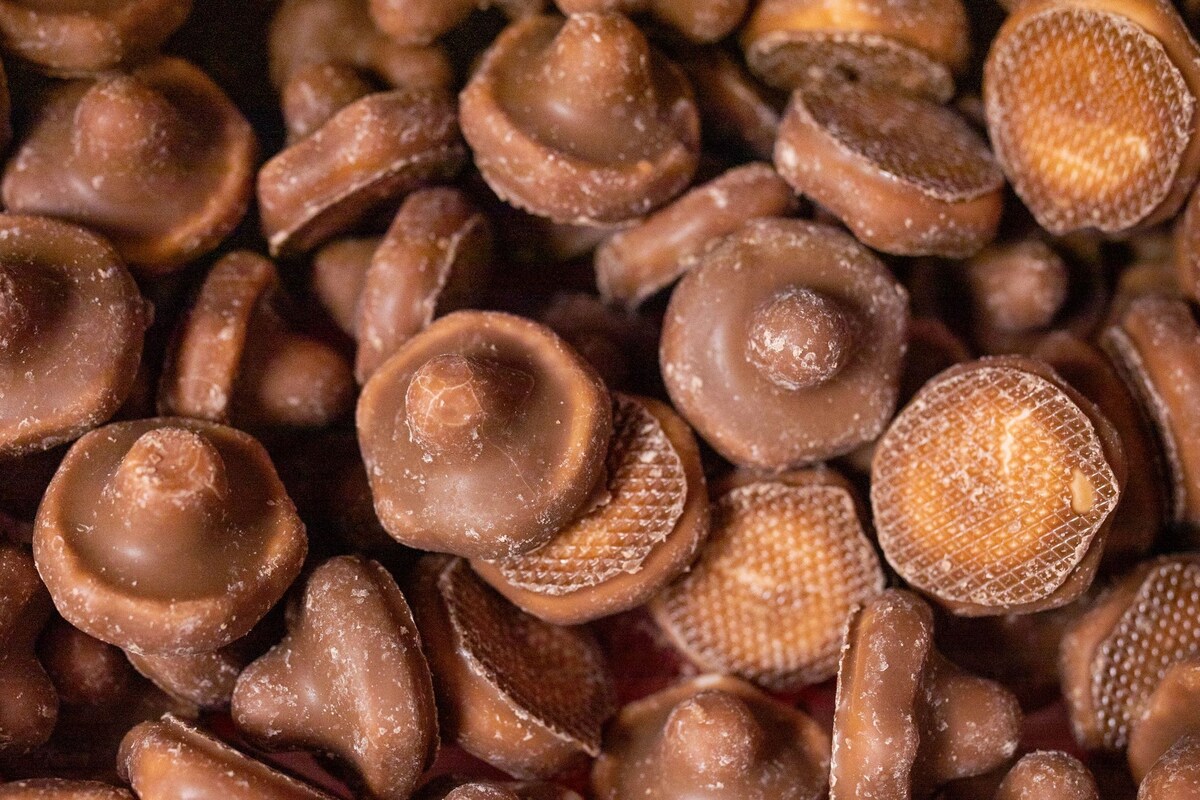
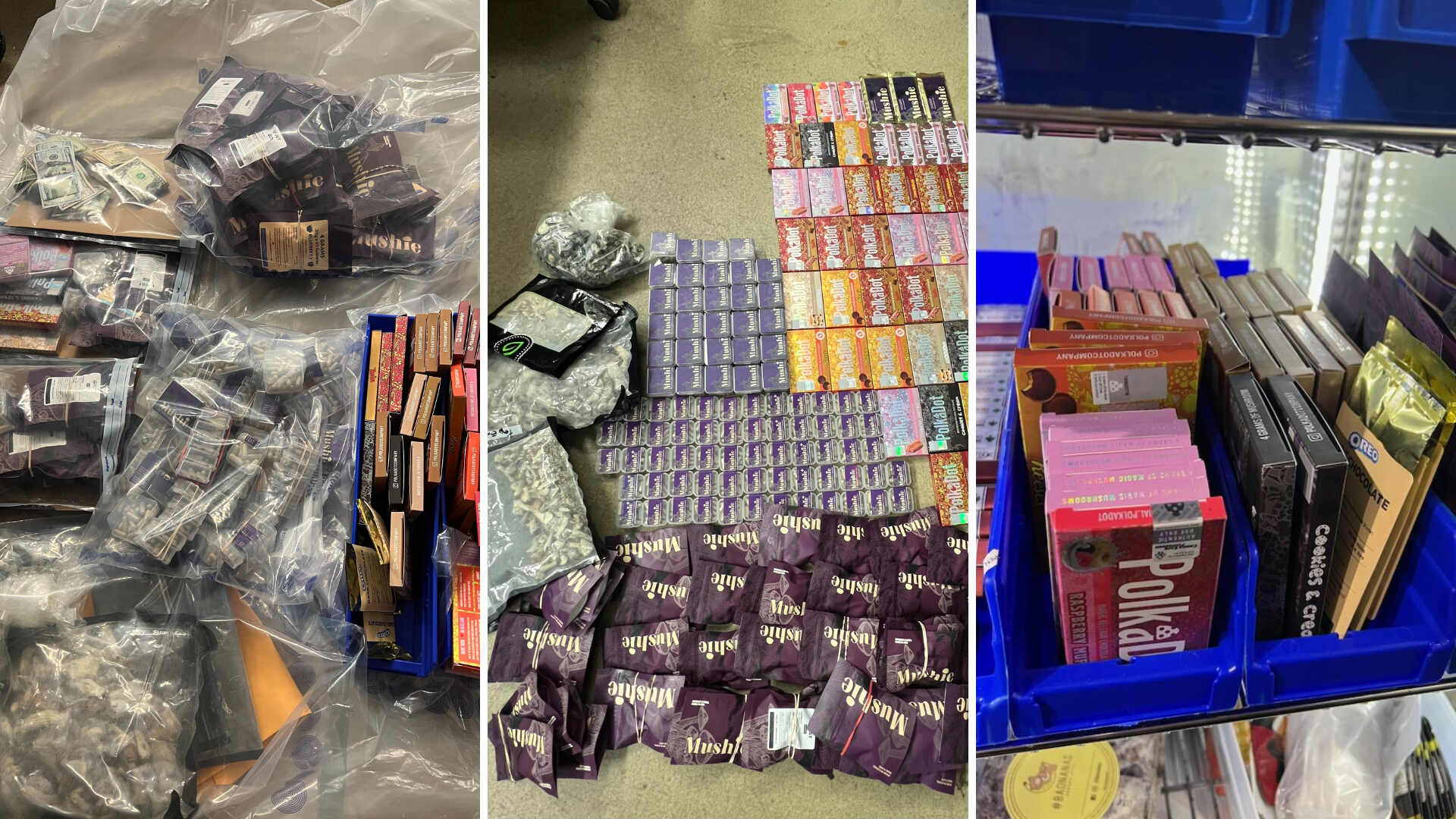
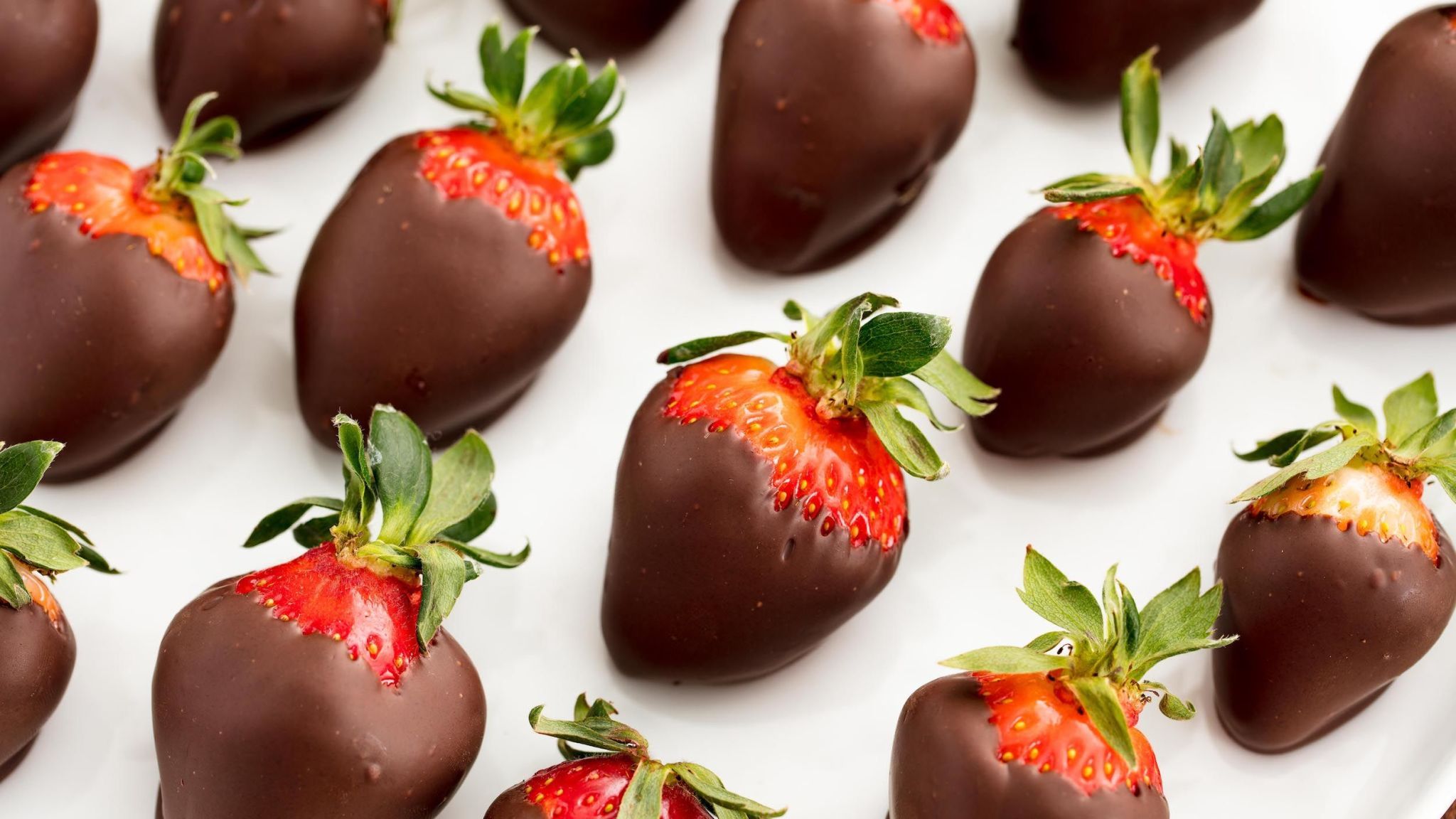
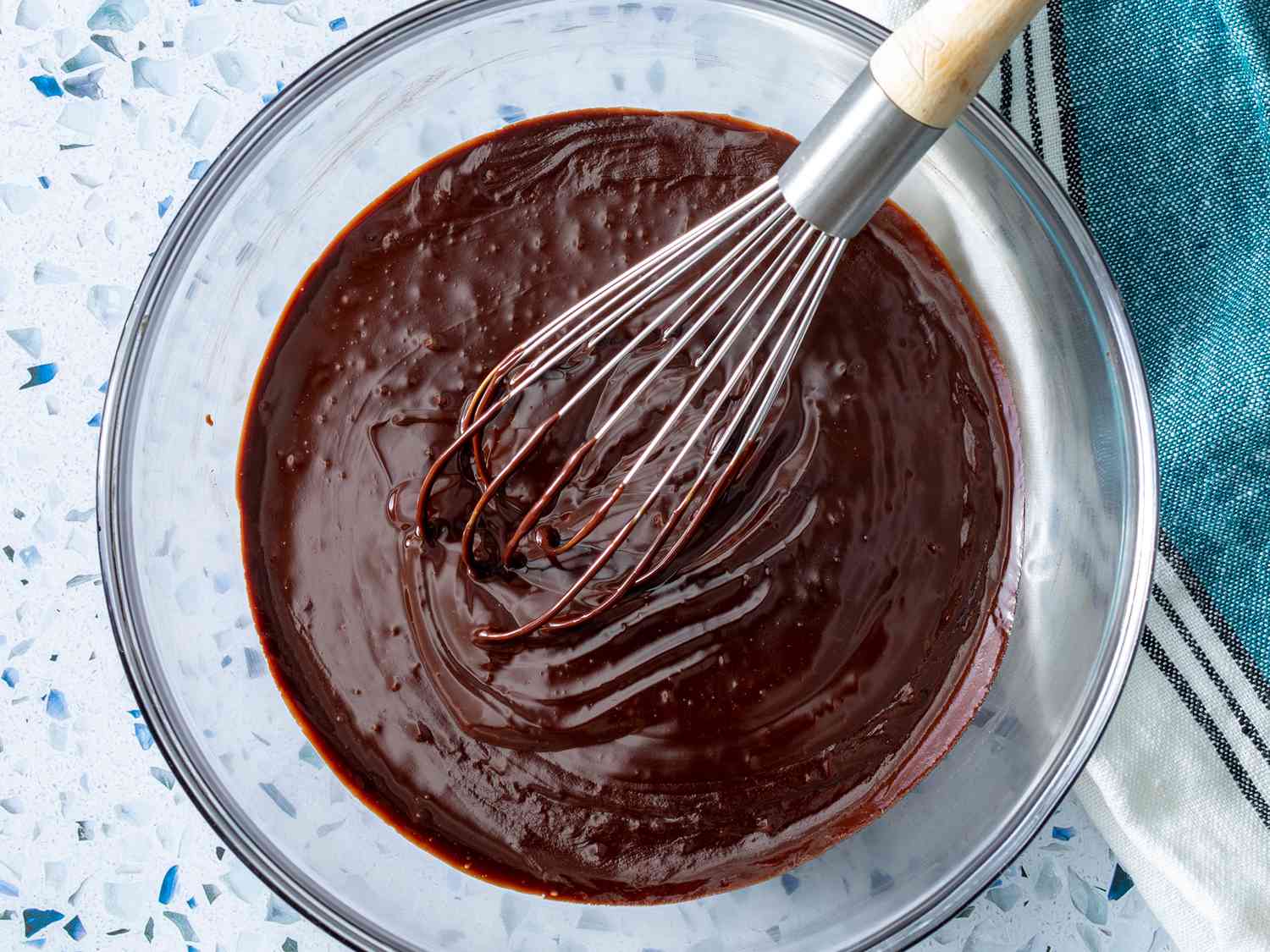

0 thoughts on “How To Store Dark Chocolate”